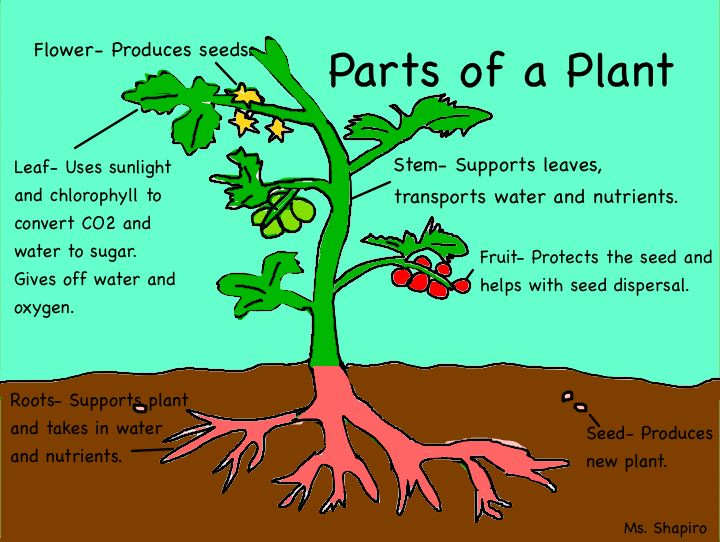Hoy los alumnos de sexto han podido practicar su inglés con Stacey, consiguiendo acercarse a un inglés más real. Stacey es una amiga rapera escocesa, más concretamente de la ciudad de Glasgow. La actividad consistió en hacer de entrevistadores y ella de entrevistada. La charla fue en directo. Fue una sesión súper agradable.
Quiero agradecer tanto a los estudiantes de sexto por el buen comportamiento que tuvieron, como a Stacey, por habernos podido dedicar su tiempo, estando ella siempre tan atareada.



